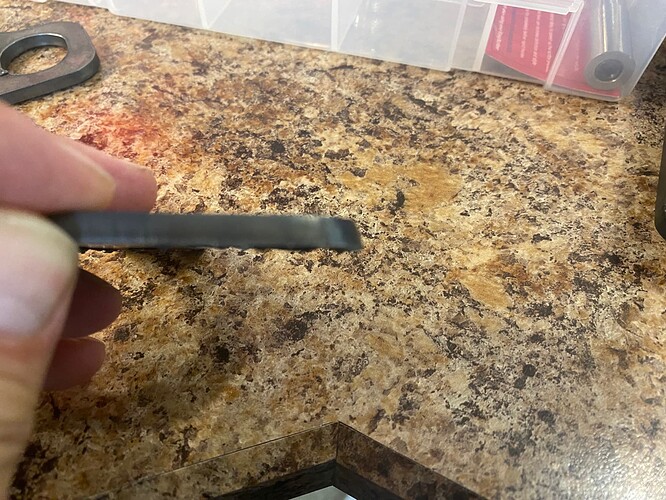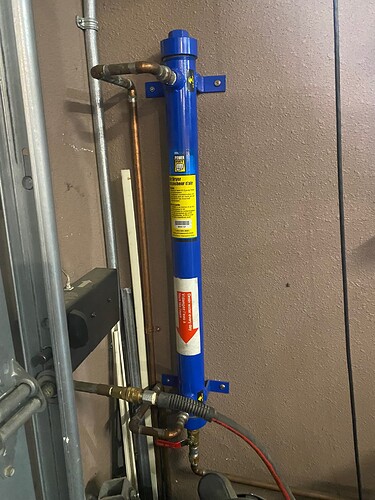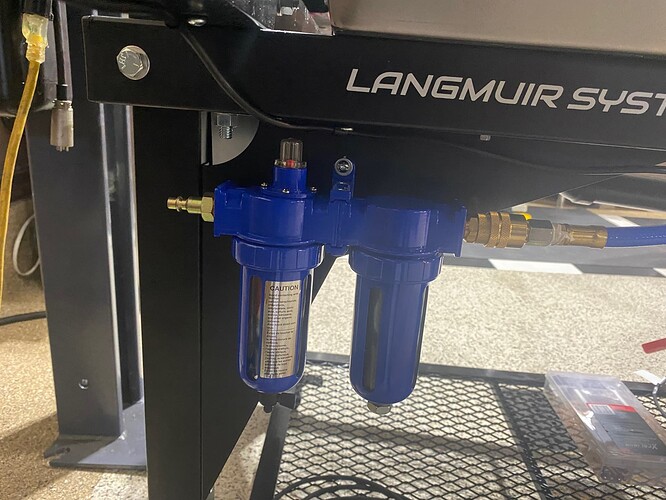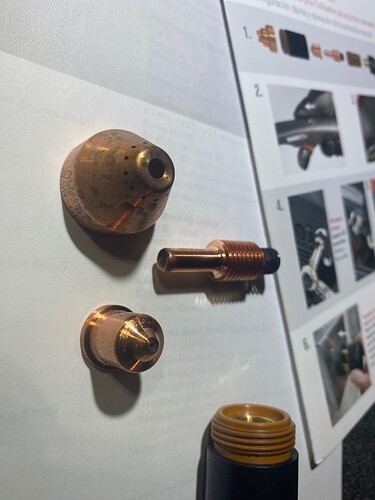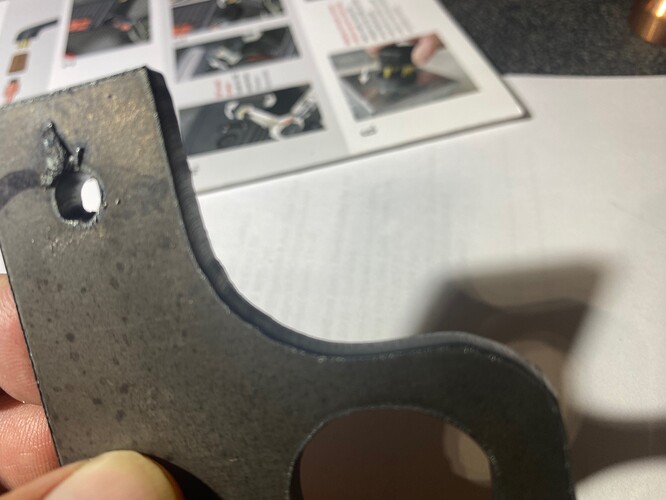I know this has been asked many times and I have read the answers. I still feel my issue might be a little different. Yes, I am new to this. I have a Crossfire Pro with the Hypertherm powermax 45XP with machine torch.
My problem is bevel but just on the Y axis. When the machine’s Y axis is moving, that cut is beveled to the right. When it moves along the X axis, the cut is strait up and down but the lines are sloped to the right. I put a plate on the table and used a precision square to check that the torch is square to the plate in both directions and it is. I can make the bevel change with settings but never go away. Always in that one direction.
I am cutting 3/16 mild steel. The cut height is 0.06. At first the cut height when paused was measured higher than that so I loosened the mounts on the torch mount and dropped the torch down to the feeler gages at 0.06 and then assumed that would fix the problem. Nope. No change.
So here is what I tried.
Air pressure is at 100PSI. This was not measured at the input of the plasma cutter as the air was flowing. It was just measured at the output of the air outlet used. The compressor is an 80 gal 2 stage so I assume it can keep up no problem.
I have two small air dryers in line with the unit.
Settings tried
Cut height 0.06
Feed Rate from 63 to 90 ipm (no change)
Brand new consumables as this has been the first cuts on this machine for me.
Consumables tried
220842 electrode
220948 Tip
220930 Nozzle
220947 diffuser
22085 cap
Switched to
220842 electrode
220817 Tip
220941 Nozzle
220857 diffuser
22085 cap
Result was a little better but still there and same just the one axis of cut.
I am leaning towards purposely trying to align the torch off square to square up the cuts.
I would think that is the wrong thing to do but I am at a bit of a loss here.
I have to point out that I have a transition curve in the item that goes from Y Axis cut curving onto the X axis and that curve has a rulet that I believe slows down the cut to 63ipm and the problem is worse on there so maybe cutting slow is a factor but then why just on the one direction.
I am using sheet cam and the cut direction is clockwise.
Thanks in advance for any guidance as I am wanting to learn to figure this stuff out.
